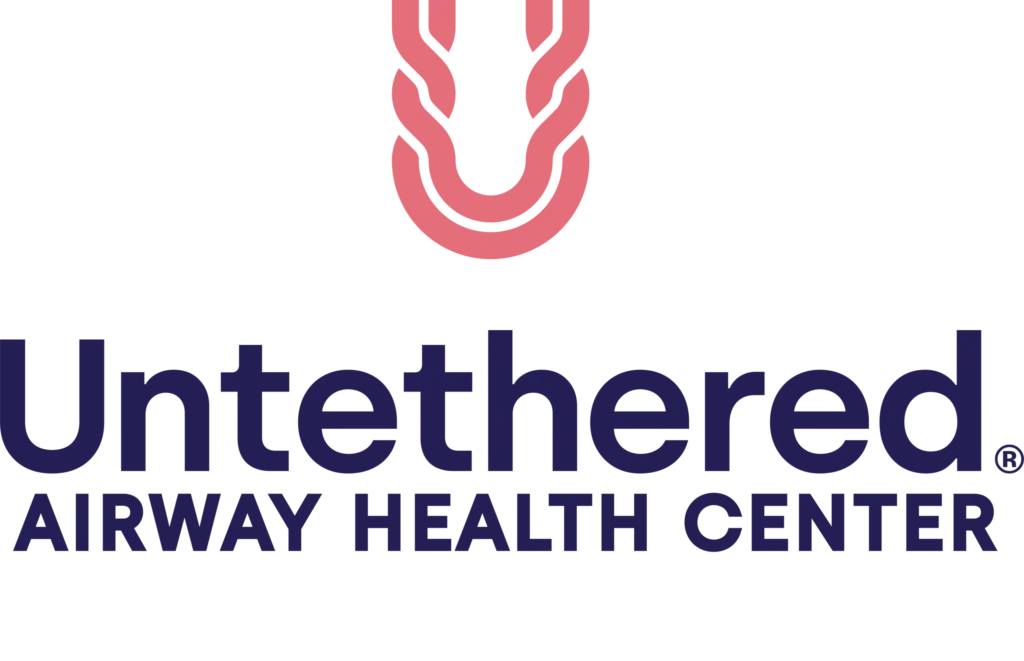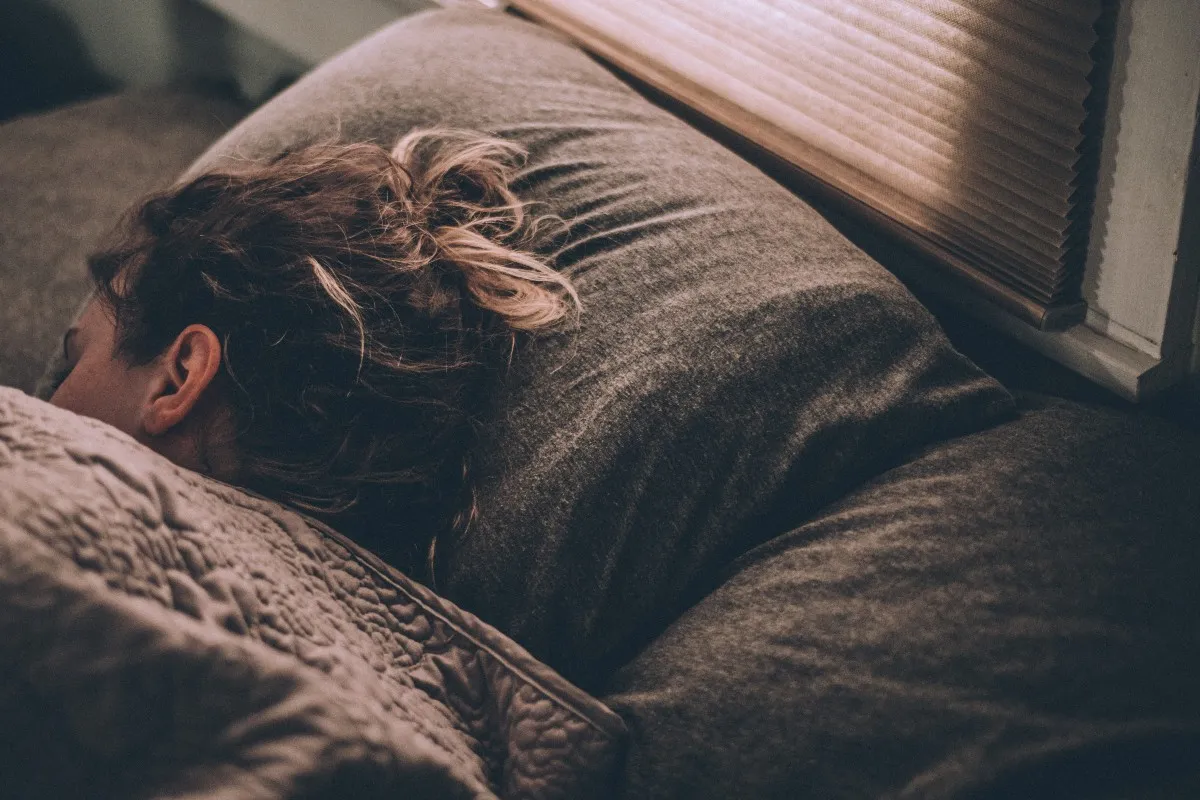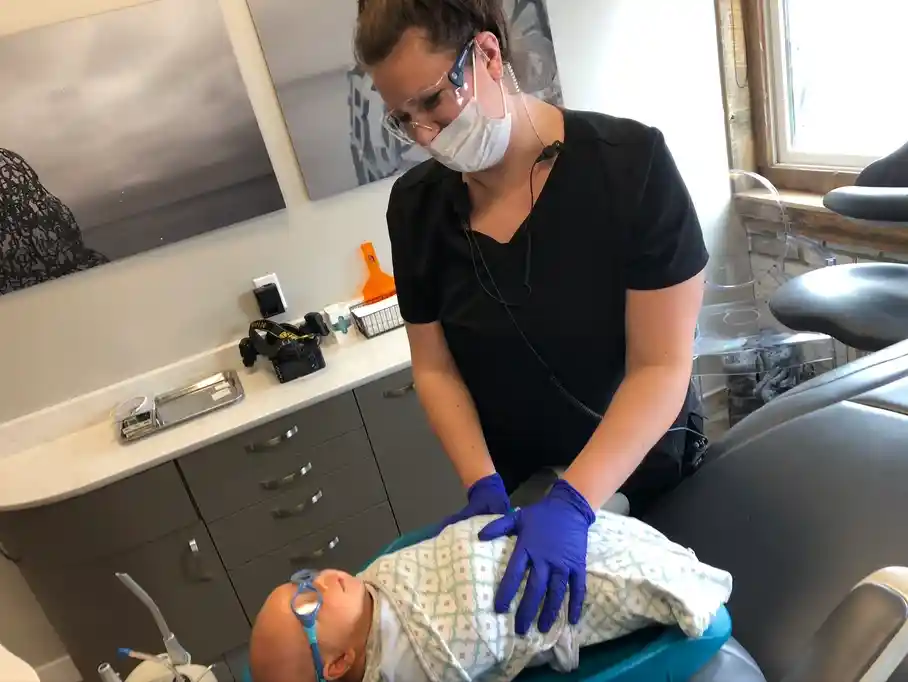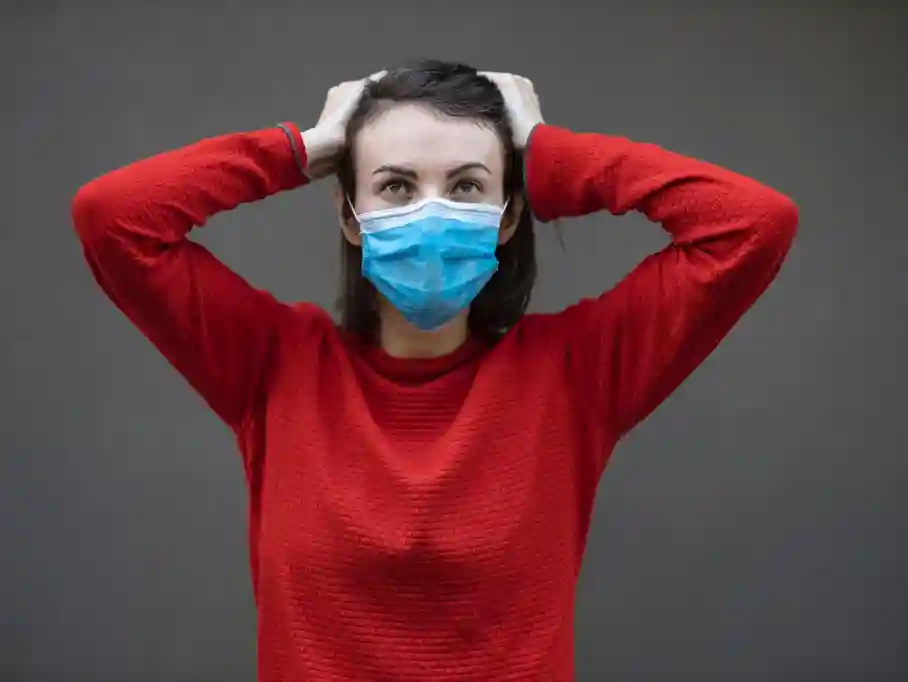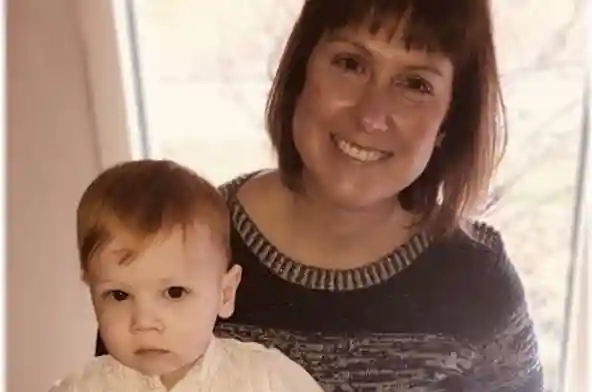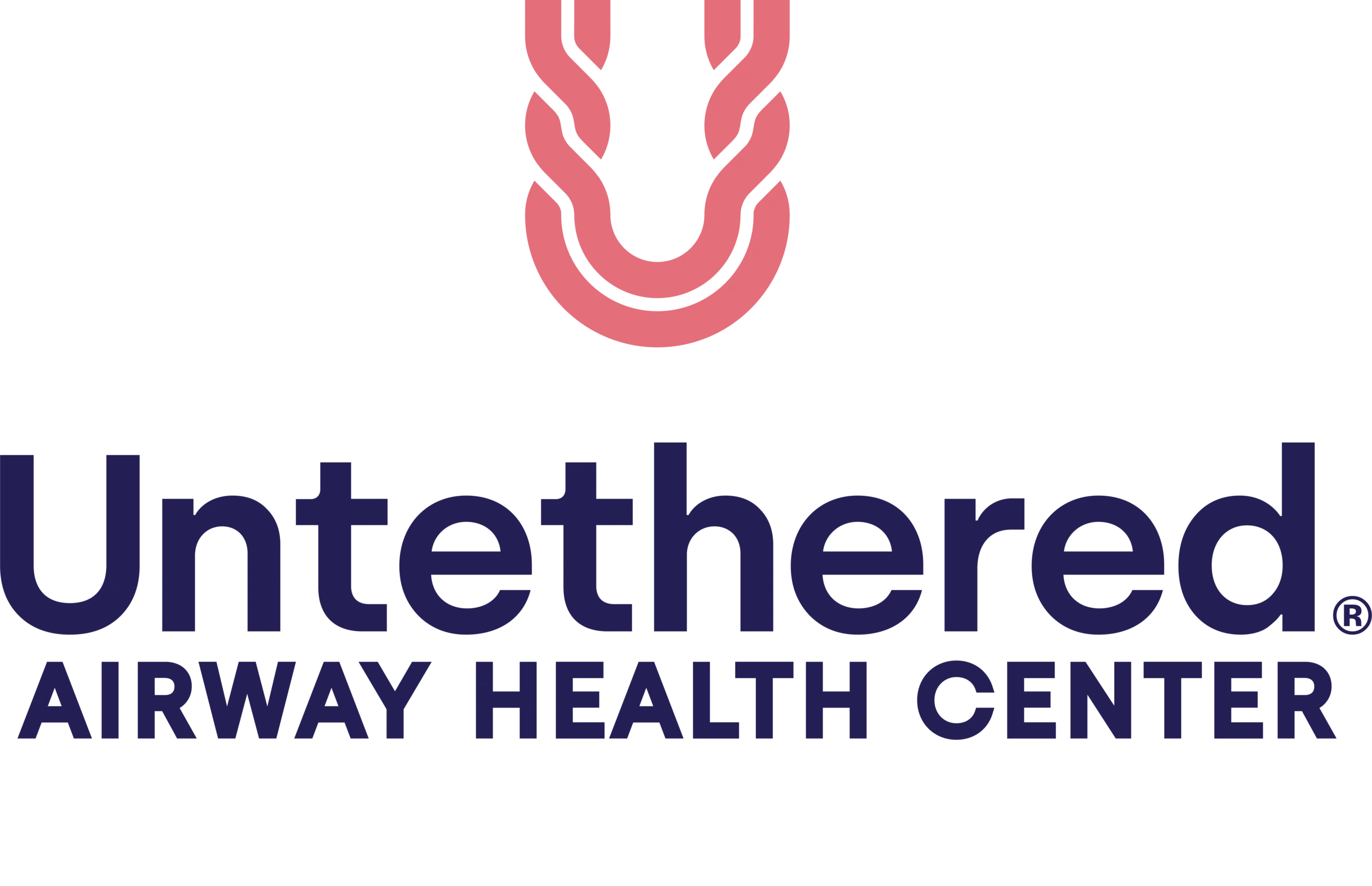A long sleep should mean a well-rested you, right? Right! But what if you get the full eight hours and still feel tired? You may be experiencing some sort of a sleep disorder or sleep-disordered breathing such as obstructive sleep apnea. It’s common, underdiagnosed, and dangerous when left untreated. Here’s more about undiagnosed sleep apnea and how it’s more common than you might think.
What Is Sleep Apnea?
Sleep apnea is a serious sleep disorder that occurs when your breathing is interrupted during your sleep. The interruptions during rest cause CO2 to build up, which can damage and overstimulate your internal organs. It can also cause some serious health issues over time.
The three common types of sleep apnea include:
- Obstructive Sleep Apnea (OSA) – This is the most common occurring type of sleep apnea. During sleep, the throat muscles relax, which causes an obstruction that impedes the airway. Many people with OSA wake multiple times throughout the night gasping or or choking for air. As many as 15-30% of men and 10-30% of women have OSA.
- Central Sleep Apnea – This type of sleep apnea is less common than obstructive sleep apnea. This is when the brain doesn’t send the proper signals to the lungs during rest, which causes breathing stops and starts throughout the night. It’s estimated that 0.9% of adults over the age of 40 have Central Sleep Apnea.
- Mixed or Complex Sleep Apnea – This type of sleep apnea is a combination of both Obstructive and Central Sleep Apnea. This is when someone has both a physical obstruction from relaxed muscles and a mental signal disruption, as well.
Do You Have Sleep Apnea?
Not everyone has the same degree of symptoms, but here are the most common among people with sleep apnea:
- Any type of snoring
- Waking up with a sore or dry throat
- Dry mouth, which is also caused by mouth breathing
- Occasionally waking up with a choking or gasping sensation
- Restless sleep, repeated awakenings, or insomnia
- Sleepiness or lack of energy during the day, even after a full night’s sleep
- Sleepiness while driving
- Headaches when waking in the morning. This might be because of poor sleep or a lack of oxygen caused by breathing problems.
- Forgetfulness
- Mood swings
- Loss of interest in sex
- Dizziness upon waking up
- Nightmares
- Lack of concentration throughout the day
Sleep apnea can also leave trails in other not-so-common areas, such as:
- Crooked and misaligned teeth
- A low-lying tongue
- Enlarged tonsils
- Bedwetting
- Extended neck
If you think you may have sleep apnea, get help as quickly as possible. The longer sleep apnea goes untreated, the worse off your body will get.
How Often Does OSA Go Undiagnosed?
Sleep apnea can lead to significant health issues if it goes undiagnosed. Unfortunately, 90% of people with sleep apnea are undiagnosed. In addition, a recent collaboration of studies found that those with sleep apnea have a twofold increased risk of sudden death from any cause, as well as a risk of death from heart disease. People with sleep apnea are also more likely to have problems related to:
- Diabetes – Type 2
- Cardiovascular diseases: heart attacks, atrial fibrillation, and heart failure
- Glaucoma
- High blood pressure
- Pregnancy complications such as gestational diabetes, high blood pressure, and preeclampsia
- Asthma
- Liver Damage such as nonalcoholic fatty liver disease
- Obesity
- Stroke
- Increase of accidents due to fatigue
- Sudden death
- Problems with memory
- Depression/anxiety
What Can You Do About Sleep Apnea?
First things first, if you suspect you have sleep apnea, get help as soon as you can. An airway and sleep specialist will talk with you about your symptoms, and then assess your body for signs. Some specialists will conduct an OSA test to determine if you have it.
If you have obstructive sleep apnea, there are many devices and practices that can help improve symptoms and retrain your body to breathe throughout the night. These include:
- Oral appliances: There are a number of devices that your dentist can supply you with to adjust the position of your jaw.
- Airway pressure devices: CPAP (Continuous Positive Airway Pressure) devices use air pressure to keep the airway open preventing breathing problems.
- Myofunctional therapy: This type of therapy uses a combination of physical therapy exercises to improve the bite, breathing, and facial posture. The training targets the face, neck, and mouth’s soft tissues to reach optimal tongue position and oral rest posture.
- Corrective jaw surgery: For those unable to utilize a CPAP machine or would like a more permanent solution to OSA, this may be a good option. In order to fix irregularities in the teeth or jaw, jaw surgery may include the following procedures:
- Tissue Shrinkage
- Jaw Repositioning
- Implants
- Nerve Stimulation
- Tracheotomy
Schedule an Airway Assessment Today
Sleep-related breathing disorders can play a major role in your overall health and well-being. Our bodies need sleep for restoration, so missing out on vital rest can throw your body out of whack. If you’re wondering, “do I have sleep apnea?” schedule a virtual consultation with Dr. Turner and Untethered Airway Health Center will help you find rest and relief.
Want to learn more about sleep and airway health? Check out our Ultimate Guide to Sleep-Related Breathing Disorders.
